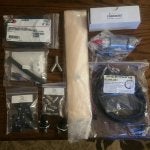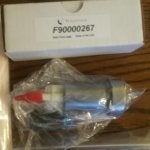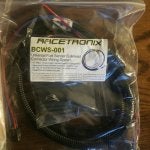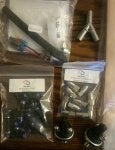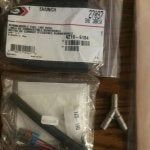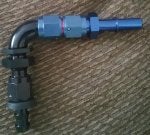Was wondering if anyone has tryed to install a aux. fuel pump in-tank?
I was thinking a 3rd pump in tank that is boost activated if you use a AEM 320 or a walbro 416 as the 3rd pump
and add a bulk head fitting in top of module for the wiring and a y block under the module to connect the aux. pump and the twins
being they are saying the factory lines are not the limitation it should work. I already have the AEM twins in-tank so adding a 3rd in
the bucket or attached to the bucket should not be a issue. If I mounted it on the outside of the bucket id use the holley hydromat so
there would be no pump starvation. I mean if the aux pump works outside tank why would it not work on the inside of tank?
I was thinking a 3rd pump in tank that is boost activated if you use a AEM 320 or a walbro 416 as the 3rd pump
and add a bulk head fitting in top of module for the wiring and a y block under the module to connect the aux. pump and the twins
being they are saying the factory lines are not the limitation it should work. I already have the AEM twins in-tank so adding a 3rd in
the bucket or attached to the bucket should not be a issue. If I mounted it on the outside of the bucket id use the holley hydromat so
there would be no pump starvation. I mean if the aux pump works outside tank why would it not work on the inside of tank?


